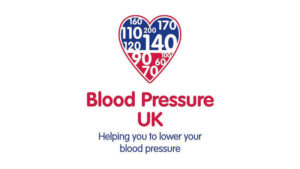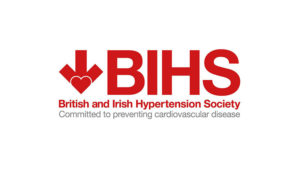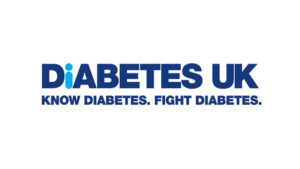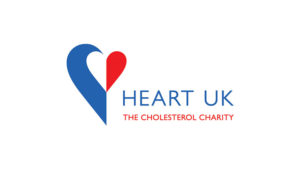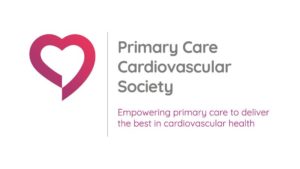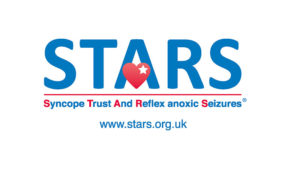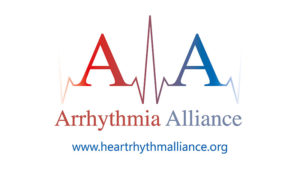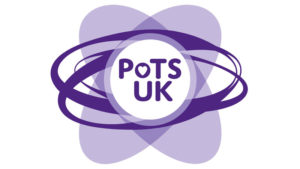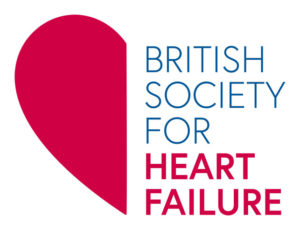Although many members of the medical profession might agree that theirchosen discipline often leads to periods of weariness, frustration or anxiety, thegreat majority of individuals in active practice would find it difficult to single outa dull day in their way of life.” (David Seegal, Yale Scientific Magazine 1962;36:31)
Keeping on track: streamlining diabetes management in older patients
Key issues in the management of older patients with diabetes involve both clinical skills and apatient-oriented approach. Ageing and co-morbidity may make management challenging, andclinicians need to be alert to factors such as impaired cognitive function, depression andincreased susceptibility to hypoglycaemia.
Optimising risk factor modification and prevention of stroke
Prevention of stroke is a key component of the overall management of stroke. Primordial prevention strategies include avoidance of tobacco use, maintenance of an adequate level of physical exercise and optimal diet and weight, and avoidance of heavy alcohol intake. Several medical risk factors have been demonstrated clearly, and intervention to optimise these risk factors for primary prevention (of first stroke) and secondary prevention (of stroke in those known to have cerebrovascular disease) has a robust evidence base.
The EPCCS and the implementation of CVD prevention in general practice
The European Primary Care Cardiovascular Society (EPCCS) exists to inform, support and interact with general practitioners (GPs) across Europe in relation to cardiovascular disease, including stroke and diabetes. The EPCCS provides an interactive and expanding website at www.epccs.eu with news, comments, information, meeting reports and slide presentations.
Insulin in type 2 diabetes – a growing role for primary care
Today, many people with type 2 diabetes who need insulin have their insulin initiated in primary care. Here we discuss NICE recommendations for initiation and management of insulin, and the different types of insulin and delivery systems.
A local strategy to improve outcomes for TIA and stroke
We describe here a project that sets out to reduce the risk of stroke in patients suspected of having a transient ischaemic attack.
Vitamin D and cardiovascular health
Vitamin D deficiency is a prevalent and important health issue that warrants vigilant systematic screening and appropriate treatment and follow-up on the part of physicians, especially those in the primary care and cardiovascular fields. Although vitamin D deficiency has traditionally been associated primarily with bone disease, it is now clear that this is a multi-organ system disease. Epidemiological studies consistently show strong associations between vitamin D deficiency and bone disease, cancer and diabetes. Additionally, epidemiological evidence links vitamin D deficiency with cardiovascular risk factors, cardiovascular disease and mortality. Conclusive evidence to show that vitamin D supplementation improves cardiovascular prognosis is currently lacking, although randomised trials are under way to address this issue. In this article we review the sources and metabolism of vitamin D, the epidemiology of vitamin D deficiency, and the available evidence linking vitamin D deficiency to cardiovascular disease; and we suggest an approach to systematic screening and to treatment of vitamin D deficiency.
Understanding the impact of statin titration: a modelling approach
Introduction: Clinical guidelines specifying target cholesterol levels may require dose titration strategies for patients who do not reach target. We describe a model that simulates cholesterol and cardiovascular risk reductions for different populations, therapies, titration steps and targets.
Looking back, looking forward: reflecting on the winter season and the demise of the PCCS
The message regarding eating less has come across loud and clear this year, but there has been plenty to worry about over the last twelve months. The demise of the Primary Care Cardiovascular Society (PCCS) has been on my mind. I was saddened to attend an Extraordinary General Meeting in January 2012, when it was decided to wind up the Society with honour due to declining funds and concern that this situation was likely to deteriorate for the foreseeable future. The closure of the PCCS is a great blow to all of us interested in promoting and improving the prevention and management of cardiovascular disease in our communities.
Atrial fibrillation and stroke: Optimising prevention and treatment
Uniquely, AF is an eminently preventable cause of stroke with a simple and highly effective treatment. AF is common and affects over 600,000 patients in England (1.2%). It is a major predisposing factor for stroke, and strokes caused by AF can be particularly severe and disabling. The annual risk of stroke is five to six times greater in AF patients, but […]
Effective management of atrial fibrillation
Atrial fibrillation (AF) is the commonest sustained cardiac arrhythmia, and has a significant impact on morbidity and mortality. Treatment is tailored to the individual. This article will review the rhythm-management strategies for patients with atrial fibrillation, and discuss the roles of secondary and tertiary care.
Management and early treatment of transient ischaemic attack (TIA)
The White Paper, Saving lives: our healthier nation (1999), set out a target to reduce the death rate from coronary heart disease and related illnesses such as stroke by 40% in the under-75s by 2010;1 recent trends indicate that this target will be met. Although the past forty years have seen a significant reduction in age-standardised stroke mortality rates, stroke still accounts for around 53,000 deaths each year in the UK, with more than 9,500 of these occurring in the under-75s.2 This article reviews how we might reduce the huge burden of stroke by improving the management of transient ischaemic attack (TIA).




